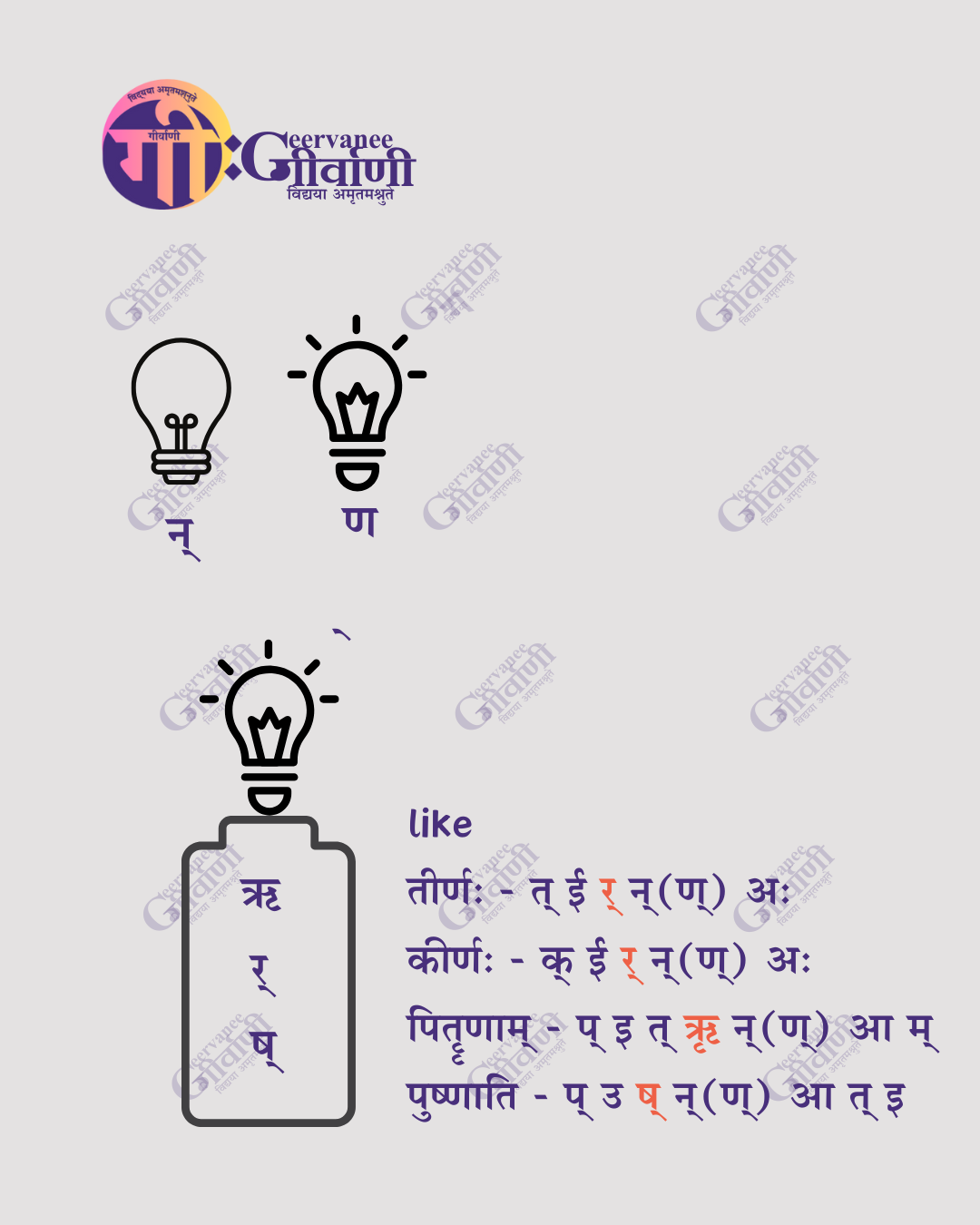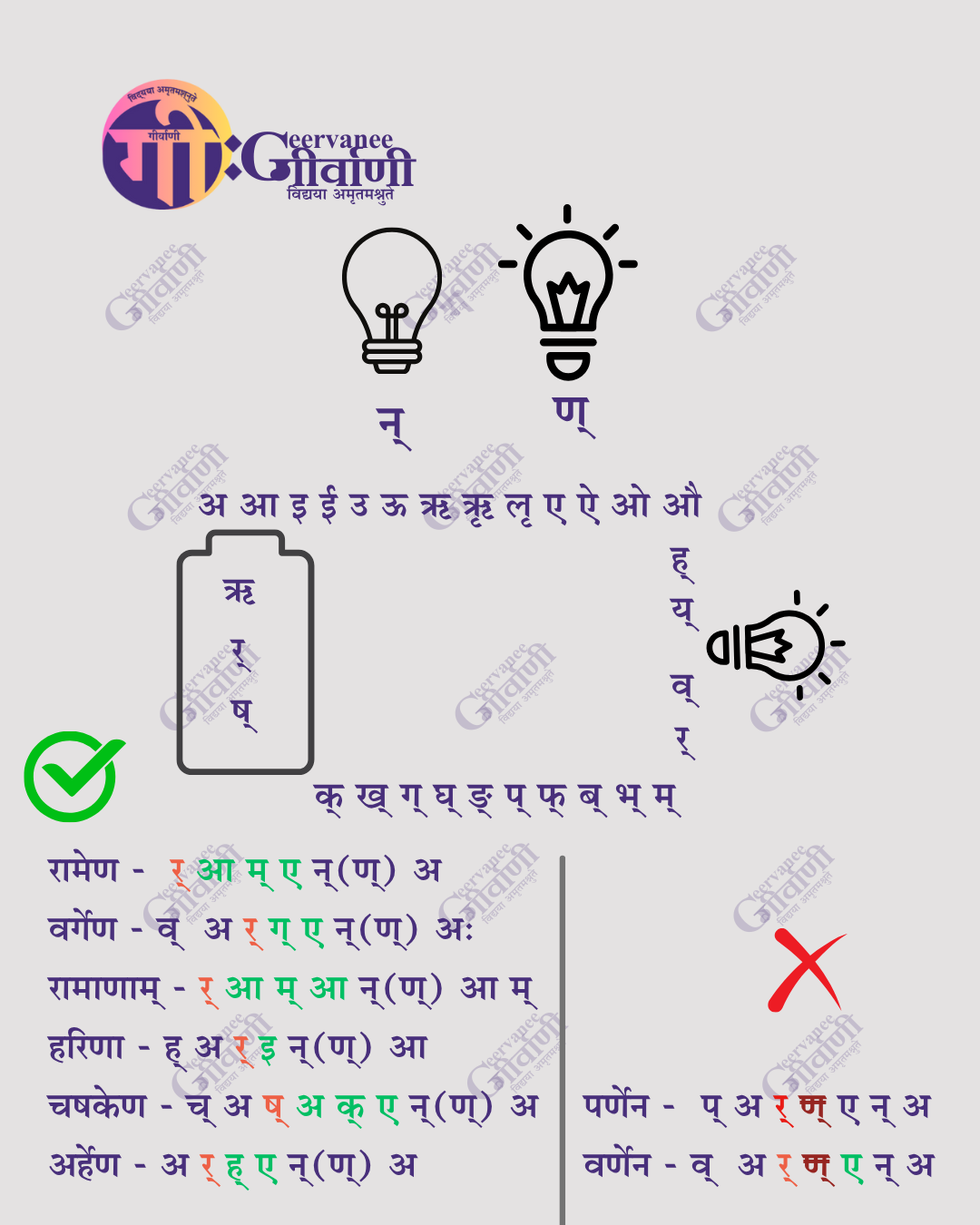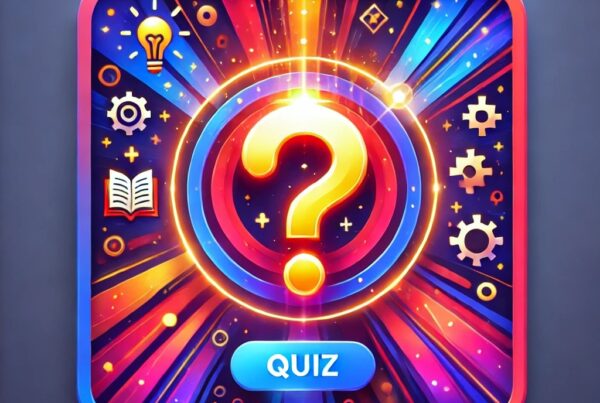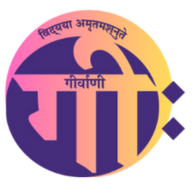Mapping Pāṇinian System to Modern Physics
By G Gopala Krishna
Research Scholar, Dept. of Vyākaraṇa, Karnataka Sanskrit University, Bengaluru
A śāstram can be treated as a scripture, science, treatise, manual, or a theory. The word śāstram is derived from the Sanskrit root meaning “to ordain”. By this etymology, it refers to that which instructs virtue by removing afflictions in life and enhancing its values.
This śāstram is of two types — śreyas-śāstram and preyas-śāstram. The former uplifts us spiritually and intellectually, like Vyākaraṇa, Nyāya, Vedānta, and Yoga. The latter supports worldly living, like erotic sciences, Ayurveda, Chemistry, Physics, and Mathematics.
Among all śāstras, there exists a mutual relationship. The knowledge of grammar and logic becomes the foundation for understanding every other science. Thus, the Vyākaraṇa-śāstram of Pāṇini and the Nyāya-śāstram of Kānāda are considered the bedrock for all learning.
In this context, let us explore how certain grammatical rules formulated by Pāṇini parallel principles seen in modern physics.
1. raṣābhyām noṇaḥ samānapade (रषाभ्यां नोणः समानपदे ८-४-१)

In this aphorism, Pāṇini instructs that within the same word (samānapada), when the letter n (न्) occurs immediately after either r (र्) or ṣ (ष्), it changes to ṇ (ण्).
Letter Key:
- n = न्
- ṇ = ण्
- ṣ = ष्
- r = र्
Examples include: tīrṇaḥ (तीर्णः), kīrṇaḥ (कीर्णः). In both words, the letter n occurs immediately after r, hence it transforms into ṇ, resulting in tīrṇaḥ and kīrṇaḥ.
Analogy with Modern Physics:
In modern physics, a similar phenomenon is observed when a battery is connected directly to a lamp — the lamp glows. Analogically, the glowing of the lamp corresponds to the ṇ-conversion, while the battery represents r or ṣ. Thus, the n that comes immediately after r or ṣ and transforms into ṇ is comparable to the lamp glowing due to direct connection.
2. aṭkupvāṅnumvyāpepi (अट्कुप्वाङ्नुम्व्यवायेऽपि ८-४-२)

In this aphorism, Pāṇini extends the rule of ṇ-conversion even when r or ṣ are not immediately adjacent. He specifies what letters may occur in between and still allow the transformation.
Allowed Intervening Letters:
Vowels:
अ, आ, इ, ई, उ, ऊ, ऋ, ॠ, ऌ, ए, ऐ, ओ, औ
a, ā, i, ī, u, ū, ṛ, ṝ, ḷ, e, ai, o, au
Consonants:
ह्, य्, व्, र्, क्, ख्, ग्, घ्, ङ्, प्, फ्, ब्, भ्, म्
h, y, v, r, k, kh, g, gh, ṅ, p, ph, b, bh, m
Analogy with Modern Physics:
This can again be compared with Physics — if there is a distance between the battery and the lamp, they can still function provided they are connected through a conductor (wire). Similarly, even if r or ṣ are not immediately followed by n, the presence of these allowed letters acts like a conductive path enabling the ṇ-conversion.
Continue Your Sanskrit Journey with Geervanee
Explore our expertly structured Sanskrit learning programs designed to take you from the basics to mastery:



